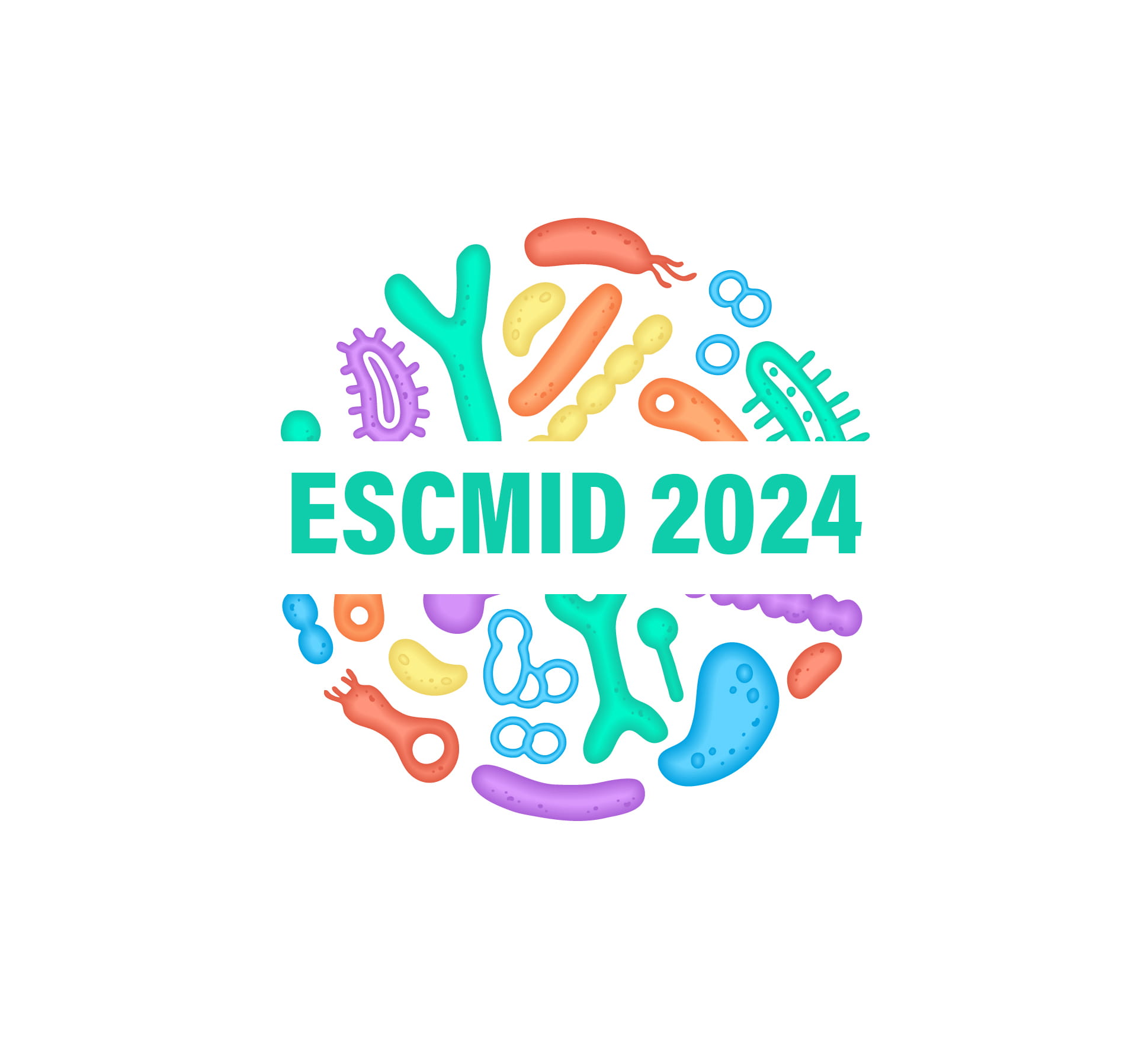Point of Care Rapid Lateral Flow Antibiotic Resistance Test to Detect Carbapenem Resistance in Lower Respiratory Tract Infections
Speaker: Dr. Julia Rogers, United Kingdom
Key Highlights
Background & Need:
-
Carbapenem-resistant infections, particularly those involving KPC-2 carbapenemase, are recognized as a major global health threat.
-
Unmet need: Fast, culture-independent diagnostics are required for lower respiratory tract infections (LRTIs) to facilitate timely treatment and minimize broad-spectrum antibiotic use.
Assay Development:
-
Custom antibodies: Since no commercial KPC-2 antibodies were available, high-affinity monoclonal antibodies were developed using the full-length KPC-2 protein.
-
Lateral flow design:
-
A biotin-gold antibody sandwich is utilized, which is captured at a streptavidin test line.
-
Detection is achieved at ≥10⁵ CFU/mL, with further optimization required for improved sensitivity.
-
Sputum processing: A mucolytic buffer is employed to liquefy sputum, enabling direct testing without prior culture.
Validation & Performance:
-
Lab testing: 100% agreement was observed with phenotypic resistance in 10 bacterial isolates (5 KPC-2 positive, 5 negative).
-
Clinical testing:
-
14 sputum samples were tested (9 positive, 5 negative), with results consistent with available PCR data.
-
Proof-of-concept was demonstrated for rapid, culture-free detection.
Limitations & Future Work:
-
Early-stage data: Due to the small sample size, sensitivity and specificity estimates remain preliminary.
-
Next steps:
-
Clinical validation will be expanded with a broader range of samples.
-
Multiplex detection will be developed to identify other carbapenemases (NDM, VIM, OXA-48).
-
Optimization will be pursued for low-resource settings to enhance global AMR surveillance.
Clinical & Global Impact:
-
Point-of-care resistance detection in LRTIs is enabled, supporting:
-
Faster targeted therapy
-
Reduction in empiric antibiotic overuse
-
Improved AMR stewardship, particularly in high-burden regions (e.g., Brazil, China).
Rapid Detection of Antibiotic Resistance in Direct Urine Samples
Speaker: Dr. Marit Bot, Netherlands
Key Highlights
Introduction:
The increasing use of meropenem in the Netherlands has highlighted the need for accurate and rapid detection of extended-spectrum β-lactamase (ESBL)-producing pathogens. Traditional urine culture methods, while reliable, are time-consuming, creating a demand for faster diagnostic alternatives that can guide appropriate antibiotic therapy and prevent unnecessary carbapenem use.
Aim:
Two rapid diagnostic tests - the Rapid ESBL NP test and ResistanceFinder multiplex PCR - were evaluated for their ability to detect ESBL-producing Enterobacterales directly from urine samples. The performance of these tests was compared against standard antimicrobial susceptibility testing (AST) to determine their clinical utility in antibiotic stewardship programs.
Methods:
A total of 218 urine samples were analyzed, comprising 66 culture-positive ESBL-positive samples, 102 culture-positive ESBL-negative samples, and 50 culture-negative samples. The Rapid ESBL NP test, originally designed for isolates, was adapted for direct urine testing through centrifugation and pellet washing. The multiplex PCR assay was designed to detect major ESBL genes, with SHV and TEM genes excluded due to their poor correlation with phenotypic resistance.
Results:
The Rapid ESBL NP test demonstrated superior performance with 97% sensitivity and 100% specificity, though 7.3% of results were initially non-interpretable due to sample turbidity. This issue was resolved through pre-filtration. In contrast, the ResistanceFinder PCR showed 95% sensitivity and 91% specificity, with 13 false positives attributed to detection of non-expressed resistance genes. The positive predictive value of PCR was particularly affected by the low prevalence of ESBL in the Dutch population (6-9%).
Conclusion:
-
The Rapid ESBL NP test was found to be more reliable for clinical implementation due to its excellent correlation with AST results and minimal false positives.
-
While PCR demonstrated good sensitivity, its tendency to overestimate resistance due to genetic detection without phenotypic expression raised concerns about potential inappropriate carbapenem use.
-
A prospective validation study is currently being conducted to further evaluate test performance in real-world emergency department settings, with particular focus on handling polymicrobial infections and low bacterial counts.
-
The ultimate goal is to establish diagnostic tools that can be effectively integrated into clinical workflows to support evidence-based antibiotic prescribing decisions.
ESCMID Global, 11–15 April 2025, Vienna




